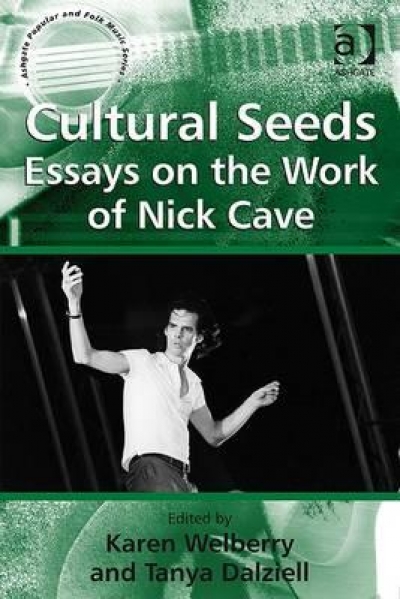Archive
Walter Benjamin and Bertolt Brecht: The Story of a Friendship by Erdmut Wizisla, translated by Christine Shuttleworth
Why do you write?
It seems to be the only way I can make sense of things. I am often surprised that everybody doesn’t feel like this. It is such a profound thrill to work with fiction and to see the patterns emerge, to feel the rhythm of the story as it develops.
Are you a vivid dreamer?
There’s a thing that happens – I am asleep, but I seem to be awake watching a full colour dramatisation on a kind of screen. If I shut my eyes the scene disappears, but when I open them, it resumes and does not stop.
... (read more)Views of the Hudson: A New York Book of Psalms by Angela Gardner
My heart sank when I heard that John Hillcoat was to direct a film of Cormac McCarthy’s novel The Road (2006), one of the more terminally grim performances in recent modern fiction. It is the story of a little boy who roams the post-nuclear devastated earth in the company of his father, while the world draws to an end amid murder, rape, cannibalism, and abysses of corruption – an inferno of a world, one of the war of all against all.
... (read more)







